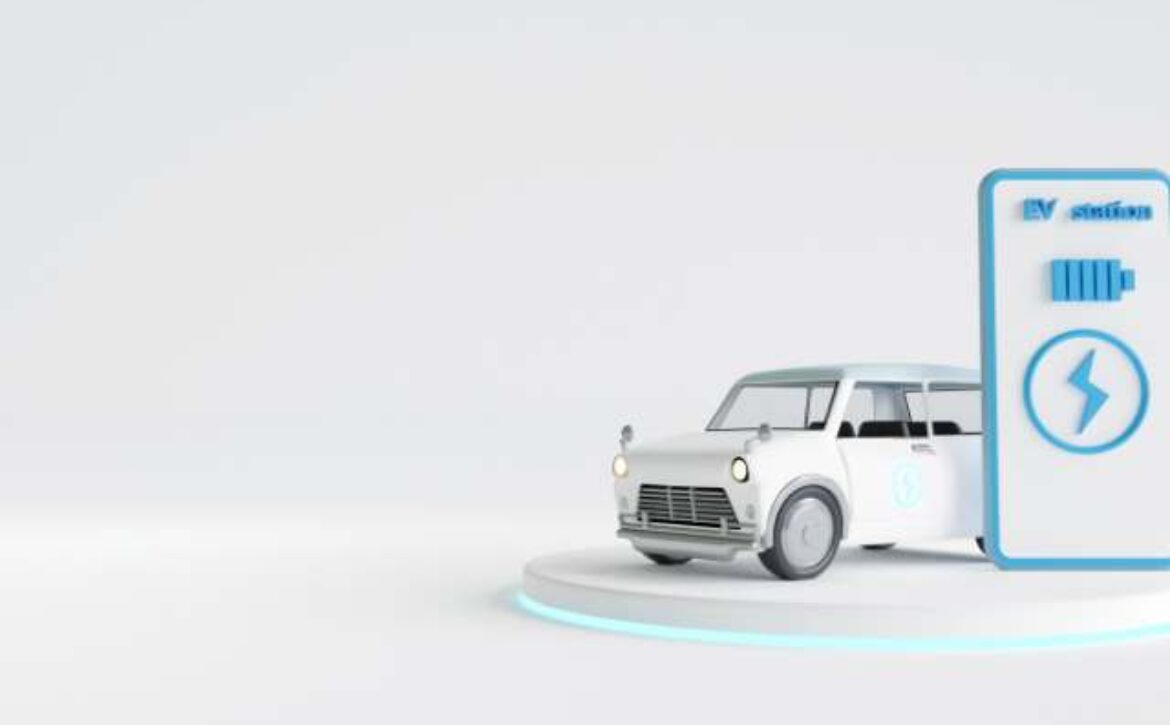Microgrids have emerged as a promising solution to address the challenges of transitioning to a cleaner, more resilient, and decentralized energy system. These self-contained energy systems can operate independently or in conjunction with the main power grid, providing reliable and sustainable electricity to communities, businesses, and critical infrastructure. However, one of the key hurdles in the widespread adoption of microgrids is securing adequate financing. In the United States, particularly in California, the pursuit of microgrid financing faces a unique set of challenges and opportunities.
Challenges in Microgrid Financing:
Upfront Capital Costs: Microgrid projects often require significant upfront capital investment due to the integration of various components such as renewable energy sources, energy storage systems, and advanced control systems. The high initial costs can deter potential investors and make securing financing challenging.
Regulatory Uncertainty: The rapidly evolving regulatory landscape for microgrids can create uncertainty for investors. Varying policies, interconnection standards, and utility regulations across different jurisdictions make it difficult to develop a standardized financing framework.
Return on Investment (ROI): Demonstrating a clear and attractive ROI is essential for securing financing. Microgrids offer numerous benefits, including energy cost savings, grid resilience, and reduced greenhouse gas emissions. However, accurately quantifying these benefits and translating them into financial returns can be complex, requiring sophisticated modeling and analysis.
Limited Access to Capital: Accessing affordable capital is a common challenge faced by microgrid developers. Traditional financing institutions may be unfamiliar with the unique characteristics of microgrids and may perceive them as higher-risk investments due to their novel technology and regulatory uncertainties.
Opportunities in Microgrid Financing:
Public-Private Partnerships (PPPs): Collaborations between public entities and private investors have the potential to unlock significant financing opportunities. By leveraging public resources and expertise, PPPs can attract private capital and provide a stable environment for microgrid development.
Energy Service Agreements: Energy Service Agreements (ESAs) offer an alternative financing model for microgrid projects. Under an ESA, a third-party provider develops, owns, and operates the microgrid, offering the host site a long-term agreement for reliable and cost-effective energy services. ESAs shift the upfront costs to the third-party provider and enable customers to benefit from clean and resilient power without significant initial investments.
Green Bonds and Impact Investing: Green bonds, which are fixed-income financial instruments dedicated to financing environmentally beneficial projects, have gained traction in recent years. Microgrid projects that meet sustainability criteria can attract investments from environmentally conscious investors seeking both financial returns and positive social impact.
Government Incentives and Grants: Governments at the federal, state, and local levels offer various incentives and grants to support microgrid development. These include tax credits, low-interest loans, and funding programs aimed at promoting renewable energy, grid modernization, and resiliency. Utilizing these incentives can significantly reduce the financial burden on microgrid projects.
Microgrid financing presents both challenges and opportunities in the United States, with California serving as a significant focal point. Overcoming the challenges associated with upfront costs, regulatory uncertainty, and ROI calculation requires innovative approaches and partnerships. Public-Private Partnerships, Energy Service Agreements, green bonds, and government incentives can help bridge the financing gap and accelerate the deployment of microgrids, enabling the transition to a sustainable, resilient, and decentralized energy future. By addressing these challenges head-on and capitalizing on emerging opportunities, microgrid financing can pave the way for a cleaner, more reliable, and inclusive energy system in California and beyond.
Gridscape plays a crucial role in facilitating microgrid financing through various approaches and partnerships. Here’s how Gridscape helps with microgrid financing:
Partnership with Financing Entities: Gridscape has established partnerships with financing entities interested in advancing renewable energy. These partners hold long-term assets with low-cost capital. By collaborating with these entities, Gridscape can explore various financing options such as Power Purchase Agreements (PPAs) and Energy-as-a-Service (EaaS) models. This allows Gridscape to offer flexible and tailored financing solutions to its customers.
Expertise in Financial Modeling: Gridscape understands the complexity of quantifying the financial benefits and returns on investment (ROI) associated with microgrids. Through sophisticated financial modeling and analysis, Gridscape can help potential investors and stakeholders accurately evaluate the economic viability of microgrid projects. This ensures that the financial aspects of the project are well-documented and compelling, attracting financing partners.
Access to Government Incentives: Gridscape stays abreast of federal, state, and local government incentives and grant programs that support microgrid development. By leveraging these incentives, such as tax credits and funding opportunities, Gridscape can help reduce the financial burden on microgrid projects, making them more attractive to investors and financing entities.
Collaboration with Financial Partners: Gridscape works closely with the city or municipality where microgrid projects are being implemented to identify the most advantageous financing partners. Gridscape’s extensive network and expertise in the field enable them to connect with financing entities that align with the specific needs and goals of the project. This collaboration ensures that the financing partners provide tailored and creative solutions that enhance the overall financing structure.
By utilizing its partnerships, financial modeling capabilities, access to incentives, and collaboration with financing entities, Gridscape helps streamline the microgrid financing process. These efforts not only make microgrid projects more financially viable but also contribute to the wider adoption of renewable energy microgrids, supporting the transition to a cleaner, more resilient energy system.











